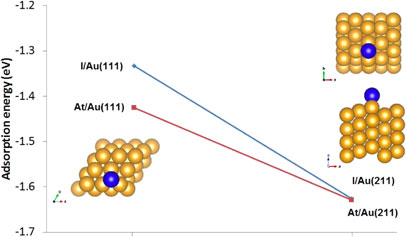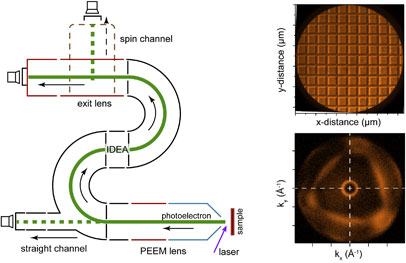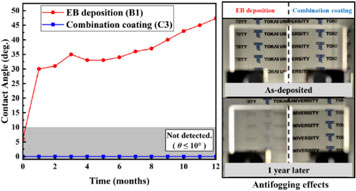22 巻, 1 号
選択された号の論文の11件中1~11を表示しています
- |<
- <
- 1
- >
- >|
Review Paper
-
原稿種別: Review Paper
専門分野: Structure
2024 年 22 巻 1 号 p. 1-8
発行日: 2023/09/07
公開日: 2024/01/20
[早期公開] 公開日: 2023/09/07PDF形式でダウンロード (4236K)
Regular Papers
-
原稿種別: Regular Paper
専門分野: Devices and Sensors
2024 年 22 巻 1 号 p. 9-15
発行日: 2023/09/16
公開日: 2024/01/20
[早期公開] 公開日: 2023/09/16PDF形式でダウンロード (3880K) -
原稿種別: Regular Paper
専門分野: Electronic Properties
2024 年 22 巻 1 号 p. 16-24
発行日: 2023/09/16
公開日: 2024/01/20
[早期公開] 公開日: 2023/09/16PDF形式でダウンロード (5891K) -
原稿種別: Regular Paper
専門分野: Nano-Materials
2024 年 22 巻 1 号 p. 25-31
発行日: 2023/09/21
公開日: 2024/01/20
[早期公開] 公開日: 2023/09/21PDF形式でダウンロード (1591K) -
原稿種別: Regular Paper
専門分野: Thin Films
2024 年 22 巻 1 号 p. 32-37
発行日: 2023/10/05
公開日: 2024/01/20
[早期公開] 公開日: 2023/10/05PDF形式でダウンロード (2009K) -
原稿種別: Regular Paper
専門分野: Interdisciplinary
2024 年 22 巻 1 号 p. 38-45
発行日: 2023/10/19
公開日: 2024/01/20
[早期公開] 公開日: 2023/10/19PDF形式でダウンロード (4034K)
Technical Note
-
原稿種別: Technical Note
専門分野: Instrumentations and Techniques
2024 年 22 巻 1 号 p. 46-52
発行日: 2023/10/12
公開日: 2024/01/20
[早期公開] 公開日: 2023/10/12PDF形式でダウンロード (3662K)
Conference—IVC-22—
-
原稿種別: Proceeding Paper
専門分野: Thin Films
2024 年 22 巻 1 号 p. 53-57
発行日: 2023/08/17
公開日: 2024/01/20
[早期公開] 公開日: 2023/08/17PDF形式でダウンロード (2859K) -
原稿種別: Proceeding Paper
専門分野: Vacuum
2024 年 22 巻 1 号 p. 58-73
発行日: 2023/09/07
公開日: 2024/01/20
[早期公開] 公開日: 2023/09/07PDF形式でダウンロード (10356K) -
原稿種別: Proceeding Paper
専門分野: Electronic Properties
2024 年 22 巻 1 号 p. 74-78
発行日: 2023/09/16
公開日: 2024/01/20
[早期公開] 公開日: 2023/09/16PDF形式でダウンロード (4117K) -
原稿種別: Proceeding Paper
専門分野: Vacuum
2024 年 22 巻 1 号 p. 79-85
発行日: 2023/09/21
公開日: 2024/01/20
[早期公開] 公開日: 2023/09/21PDF形式でダウンロード (4331K)
- |<
- <
- 1
- >
- >|











